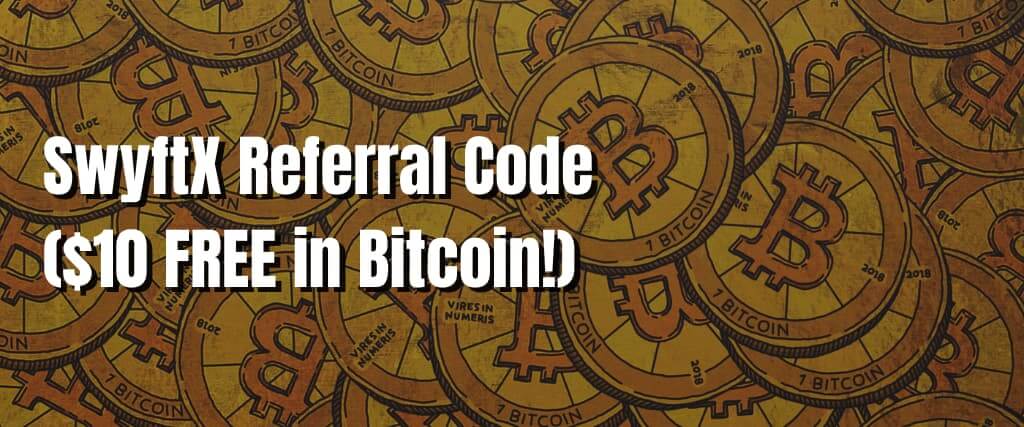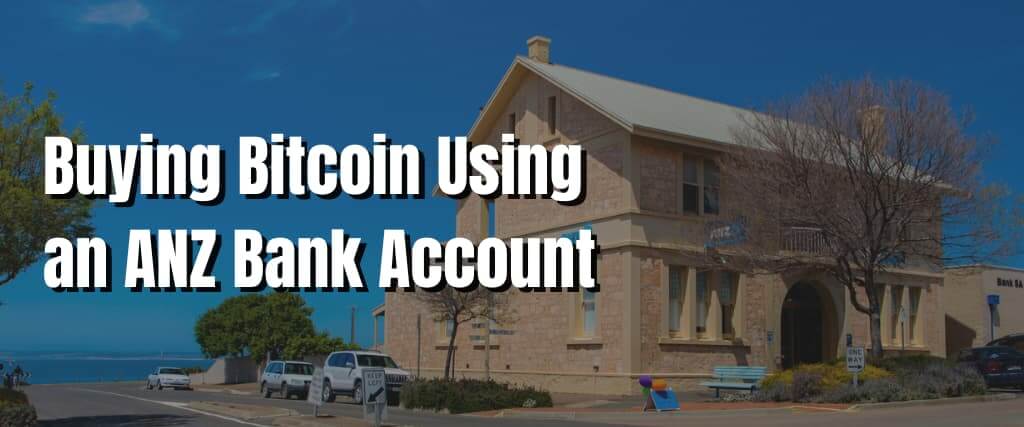
CoinSpot and Digital Surge are the top cryptocurrency exchanges for Australians. Choosing an exchange to use is challenging as there are so many advertisements with each claiming to be the best.

Hopefully, this comparison of CoinSpot and Digital Surge will assist you in making a decision. Both exchanges have a mobile app, Live Chat support, and a user-friendly interface, but Digital Surge beats CoinSpot as it has low trading fees and spreads.
Coinspot vs. Digital Surge: Overview
CoinSpot

Coinspot is an Australian crypto exchange based in Melbourne—it aims at providing a safe, secure platform for trading cryptocurrencies. You can buy or sell Bitcoin directly or trade the competitive market to invest and earn potential profits.

Casey Block Services is a legitimate company, trading as CoinSpot. Australia’s complex regulatory financial sector governs the exchange to guarantee good conduct and transactions with investors’ money.
Digital Surge

Digital Surge is a cryptocurrency exchange that is owned and managed in Australia. The platform, which is intended to be simple to use, allows investors to deposit Australian dollars (AUD) and purchase from a selection of over 270 cryptocurrencies.
Digital Surge was designed to be accessible to everyone, as evidenced by its design. The user experience is excellent and raises confidence, especially to beginners.

Are there hopes on the platform for experienced investors looking to invest in options and futures? No.
However, Digital Surge is an excellent option for anyone, particularly new users looking to buy and hold altcoins.
Coinspot Pros and Cons

Pros
- It can deposit Australian dollars from a credit card at a fee
- You’ll invest instantly once you’re verified
- It contains numerous different coins, DeFi and NFTs compared with other Australian exchanges.
- It automates investments on a weekly, monthly, or daily basis to maximise dollar-cost averaging.
- You can easily switch the value shown from AUD to USD and vise-versa
- AUSTRAC-approved and ISO certified
Cons
- It has a weekly volume limit, which rises over time
- There’s no margin trading
- You can’t pay bills with crypto
Digital Surge Pros and Cons

Pros
- The user interface is ideal for beginners as it’s straightforward to use
- Low fees and direct fee structure
- Creating an account is fast and easy
- You have access to costs notifications, active orders, and repeated purchases.
- Customer service is accessible round the clock via chat and email—with an average response of a minute.
- You can trade a wide variety of coins, including numerous popular altcoins.
Cons
- The only option for fiat deposits is AUD, and this is a minor issue for most Australians.
- Can’t deposit funds from a credit card
- For trades of $250,000 or more, an OTC trading desk is available on request.
CoinSpot vs Digital Surge Fees

You must note that the spread, which some users ignore, is the difference between coins’ buying and selling price.
Deposit Fees
When you deposit Australian Dollars using POLi, PayID, or Direct Deposit via OSKO, CoinSpot won’t charge you anything. Depositing with exchanges like BPAY, you’ll be charged a 0.9% fee and a 2.5% fee for depositing funds using other platforms.
Depositing AUD using PayID on Digital Surge is free. But depositing using POLi will be a fee ranging from $2 to a maximum of $3.30.
Trading Fees
CoinSpot investment attracts 1.0% fee.
A 0.5% fee is charged when investing with Digital Surge.
Withdrawal Fees
CoinSpot and Digital Surge charge zero fees for withdrawing AUD to an Australian Bank account.
CoinSpot vs Digital Surge Deposit Methods
Both CoinSpot and Digital Surge have multiple options for depositing funds into their platforms and support POLi, PayID, and cryptocurrency.
Furthermore, CoinSpot supports direct deposit, cash deposits, and BPAY at a newsagent—Digital Surge doesn’t support any.
CoinSpot vs Digital Surge Features
Both CoinSpot and Digital Surge are great Australian exchanges and have numerous features. Let’s outline the significant features that differentiate the two exchanges.
Read related articles – CoinSpot review and Digital Surge review—for more information on all of the features available on these two exchanges.
Coinspot Features
- CoinSpot has a market that allows cryptocurrencies to trade for a 0.1 per cent fee instead of a 1% fee when buying instantly from the exchange.
This 0.1 per cent fee is significantly lower than Digital Surge’s 0.5 per cent fee for buying and selling. On the CoinSpot market, you can buy and sell 14 different cryptocurrencies. - CoinSpot offers over 290+ cryptocurrencies, with new coins added regularly.
They have the most coins of any Aussie crypto exchange, and you can often find cash on CoinSpot that isn’t accessible on other exchanges.
For instance, CRO, a native token of Crypto.com exchange, is a coin with significant growth potential available on CoinSpot but not on Digital Surge.
Digital Surge Features

- Instead of buying and selling on the exchange, Digital Surge has a market where you can trade.
- Fees begin at 0.5 per cent, but you can minimise them based on your trade volume in the previous 30 days. If you are a prominent trader with more than $1 million in volume, you can decrease your fees to 0.1 per cent.
Digital Surge gradually brings Australia closer to mainstream cryptocurrency adoption as they allow users to use Bitcoin to pay for Australian bills or credit cards.
This isn’t possible with most exchanges, and it’s a useful feature that saves you time by eliminating the need to convert your BTC to AUD to pay a bill.
CoinSpot vs Digital Surge: Security
CoinSpot and Digital Surge are both highly secure Australian cryptocurrency exchanges. Both use multilayered security and offline cold storage of assets to keep cryptocurrencies safe from hackers.
They’re also both AUSTRAC-registered companies that have met all of their strict AML/KYC verifying obligations to prevent money laundering and terrorist financing.
CoinSpot stands out regarding security, claiming to be the most secure and reliable Australian crypto exchange. CoinSpot is a certified Blockchain Australia member who abides by the Australian Digital Currency Industry Code of Conduct.
It’s the only Australian exchange to receive an ISO 27001 certification after passing rigorous auditing.
Final Winner: Digital Surge

Both CoinSpot and Digital Surge are excellent safe cryptocurrency exchanges for new users. They are pretty similar in terms of what they offer: a user-friendly interface, a mobile app, Live Chat, and a diverse range of coins.
It’s a close call, but Digital Surge wins, given its lower fees for buying and selling cryptocurrency 0.55% as compared to CoinSpot’s 1%






